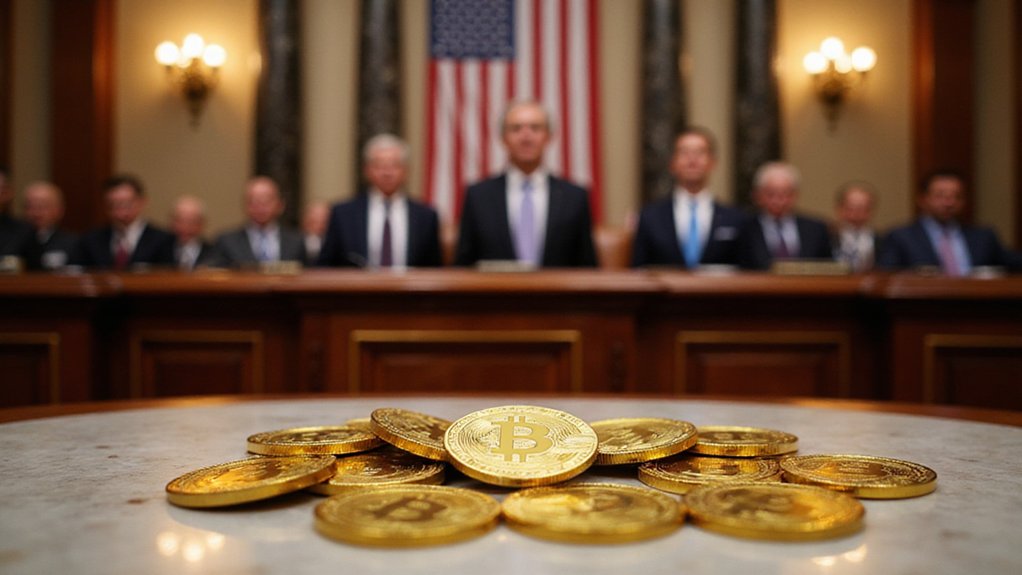The Senate’s passage of stablecoin legislation—achieved through a surprisingly robust 68-30 vote that saw 18 Democrats break ranks with their party—represents the first meaningful attempt by Congress to impose regulatory guardrails on a corner of the cryptocurrency market that has managed to attract both trillion-dollar valuations and spectacular implosions with equal enthusiasm.
The GENIUS Act, as it’s rather optimistically branded, establishes America’s inaugural regulatory framework for digital tokens pegged to traditional assets, addressing an industry that has operated in regulatory limbo while processing hundreds of billions in daily trading volume. The bipartisan achievement required considerable political maneuvering, particularly given the current Senate composition of 53 Republicans and 47 Democrats, where securing the necessary 60-vote threshold demanded genuine cross-party cooperation.
What makes this legislative victory particularly remarkable is the political theater surrounding it. Most Democrats opposed the measure, citing concerns about President Trump’s undisclosed crypto investments and the bill’s allegedly insufficient regulatory teeth. Meanwhile, Republican stalwarts Josh Hawley and Rand Paul—perhaps sensing regulatory overreach where their colleagues saw market necessity—provided the lone GOP opposition votes.
The political ironies were delicious: Democrats citing Trump’s crypto ties while Republican libertarians unexpectedly championed regulatory restraint.
The journey to passage resembled a regulatory soap opera, complete with collapsed negotiations, revised legislative text, and procedural motions that initially failed in May before resurging through backroom dealmaking. Democratic objections centered not merely on policy substance but on the uncomfortable optics of legitimizing an industry where Trump maintains mysterious financial interests.
Despite these controversies, the legislation promises tangible benefits: consumer protections for stablecoin holders, regulatory clarity that institutional investors desperately crave, and legitimacy for an asset class that has oscillated between revolutionary promise and spectacular fraud. These digital currencies are designed to mitigate volatility by maintaining stable value through pegging to reference assets like fiat currencies or commodities, making them more appealing for everyday transactions than traditional cryptocurrencies. The crypto industry’s substantial political spending during the 2024 campaign cycle—a financial influence campaign that would make traditional Wall Street blush—certainly didn’t hurt their legislative prospects.
Whether this represents genuine progress or regulatory theater remains to be seen, but the bill’s passage signals that digital assets have achieved sufficient mainstream penetration to warrant congressional attention, Trump connections notwithstanding. The industry finally has its regulatory framework; now comes the considerably more challenging task of proving it deserves one.









